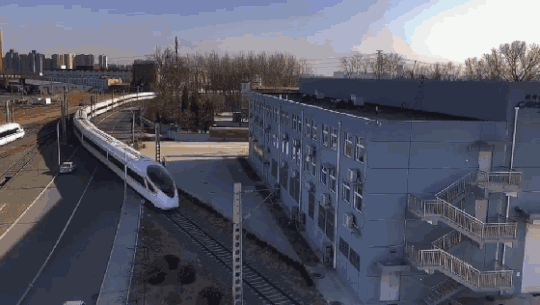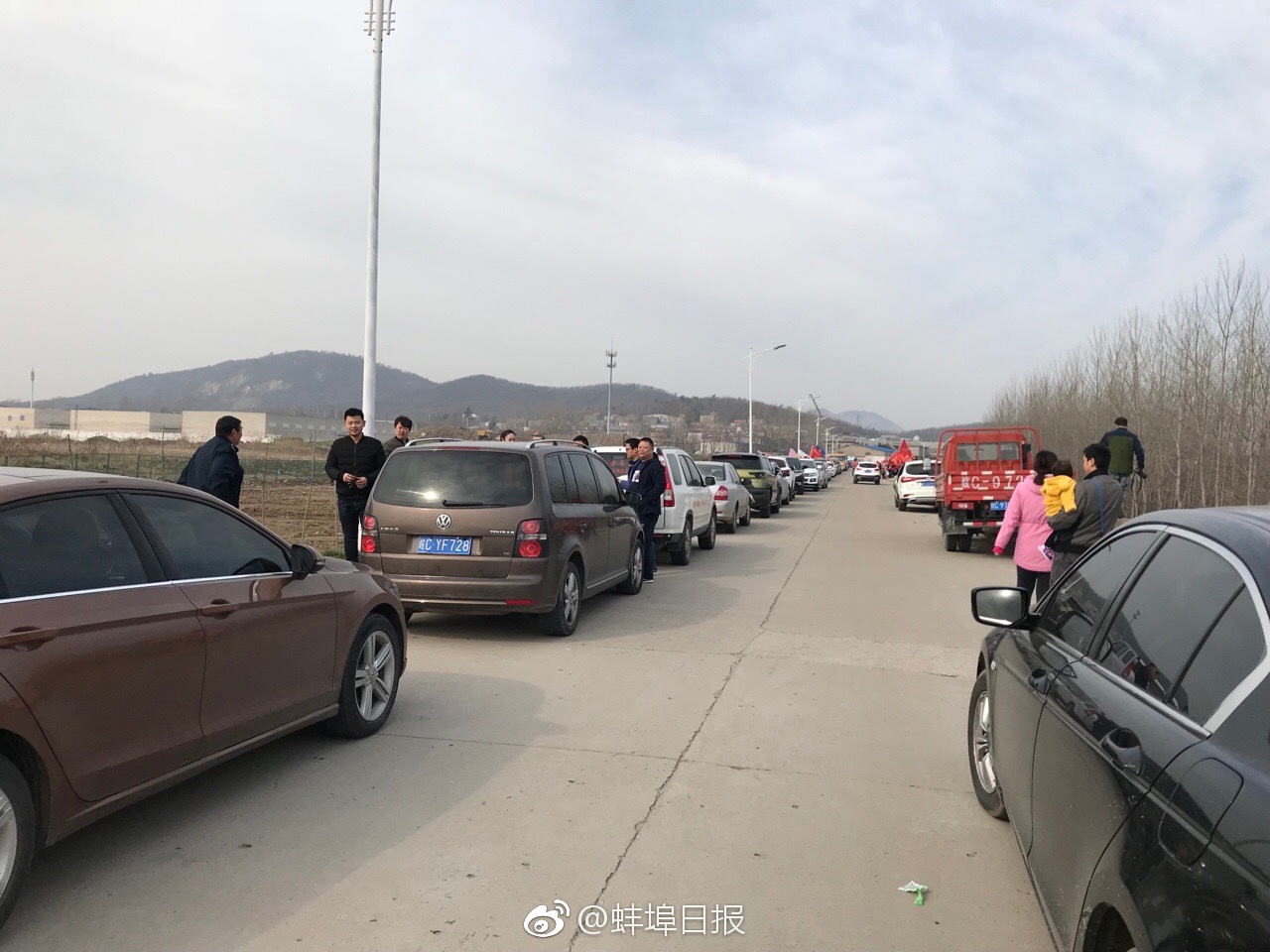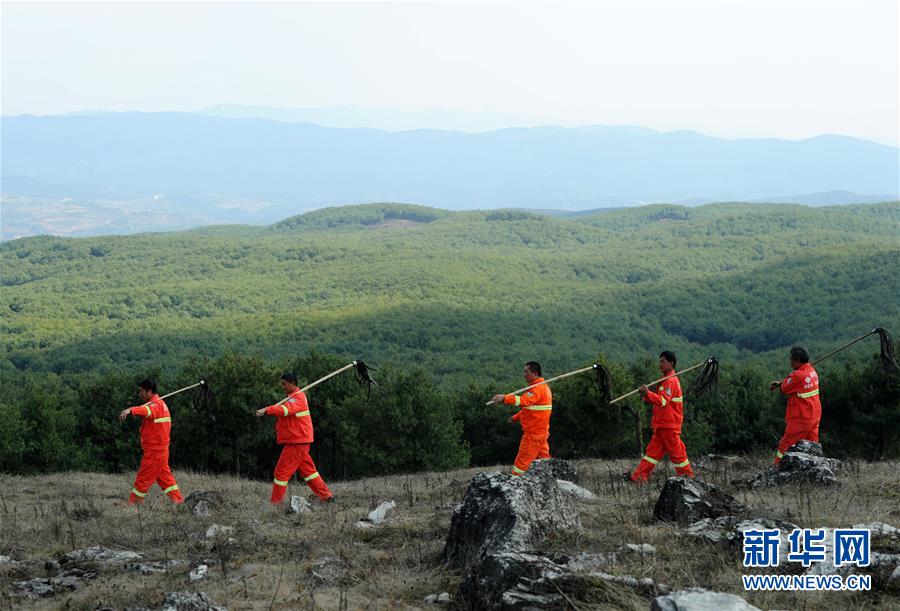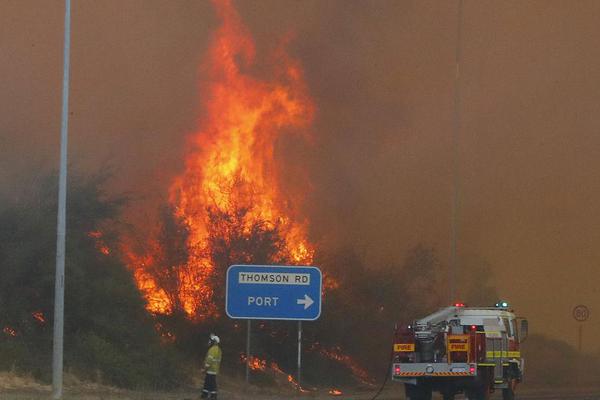【2003 chrysler voyager 2.4l engine problems and solutions】Coronavirus has crippled global protest movements
Algeria’s protest movement seemed
unstoppable

.

After forcing the country’s president of 20 years to

step down
last year—and
the arrest
of dozens of the country’s leaders—the protesters continued into 2020,2003 chrysler voyager 2.4l engine problems and solutions demanding a total upheaval of the political system.
Two-thirds of H1-B visa applications this year are from Indians
Then came the novel coronavirus, and the sudden end to 56 consecutive weeks of protests. On March 17, the country’s new president banned protests for more than a year under the pretext of stopping the spread of the virus. So far, protesters seemed to have acquiesced to the demand, with the streets of Algiers
reportedly empty
.
Covid-19 has had this kind of chilling effect on opposition movements everywhere. The world is now a long way from 2019, which was dubbed the
“year of street protest.”
“N
o one jumps on the barricades when they think the barricade might have a virus on it
,” said Richard Gowan, the UN director at the International Crisis Group. “[Coronavirus is] a deterrent to protest and it may be giving some pretty authoritarian leaders a bit of respite in this context.”
Why Covid-19 infections affect people differently
In Hong Kong, where large-scale protests raged for months last year, a small protest this week was
swiftly dispersed
by police citing a ban on gatherings of more than four people. In Russia, as president Vladimir Putin planned to hold a national vote on whether he could extend his term limits as far as 2036, the often-boisterous opposition movement
called off
protests in Moscow and Saint Petersburg. (The virus
later forced
Putin himself to postpone the poll.)
In total, there were 452 protests worldwide last week—many of which took place on balconies—down from 1,519 in the first week of March,
according to data
from the Armed Conflict Location & Event Data Project (ACLED). There were about 2,000 global protests in the first week of November last year.
“There were so many countries at the end of last year that were going through really serious civil uprisings,” said Akshaya Kumar, director of crisis advocacy at Human Rights Watch. “It was probably one of the bright spots of 2019 and the future we have to look forward to in 2020 is everyone being forced to stay home and maybe accepting that’s the right thing for them at the moment.”
In some places, being unable to protest can endanger people’s lives. South Africans have held
mass protests
against gender-based violence in the past year, but the country’s strict lockdown has prevented women from accessing shelters, Kumar said. “Women are going to be trapped in spaces which aren’t safe for them,” she said. “This was the subject of widespread protests in South Africa and now people won’t be able to do anything if the situation gets worse.”
The luxury of staying home
In richer countries, where governments can support people unable to work, it’s unlikely protesters will place themselves and others in harm’s way any time soon. As they take center stage at a time of crisis, leaders of the world’s 10 biggest democracies have seen their approval ratings climb by an
average of nine points
, according to
pollster Morning Consult
. Most strikingly, British prime minister Boris Johnson received a 25-point spike and US president Donald Trump a 5-point bump, despite both governments’ responses copping criticism from experts.
But in the developing world the divide between health and safety isn’t so clearcut. In India, thousands of migrant laborers
took to the streets
to tell authorities they hadn’t eaten for days, after a government order to stay home left them unable to work.
“We shouldn’t underestimate how desperate things are in certain settings. There are large parts of Subsaharan Africa where you have big populations who are day laborers and when the economic effects hit, their safety net is likely to disappear,” Gowan said. “In Venezuela, there’s a similar case where for years people have been emphasizing that the health sector is incapacitated. Then, the one thing that was propping up the government was oil revenues and lo and behold the oil price collapses.”
The protests that did take place last week were overwhelmingly related to coronavirus, according to ACLED data. The demands varied, however. Some demonstrators called to be allowed to work so they can survive, while others demanded their governments do more to tackle the virus.
Online or on the balcony
While street protests are tricky, people have been finding other ways to voice discontent.
In mid-March, millions of Brazilians
banged
pots and pans on their balconies to protest president Jair Bolsonaro’s dismissive response to the virus. In Israel, nearly 600,000 people tuned into a
virtual protest
on Facebook Live against prime minister Benjamin Netanyahu’s effort to close parliament, an apparent attempt to dissuade opposition leader Benny Gantz from forming a coalition. Teenage climate activist Greta Thunberg
moved her
weekly school strike online, with the hashtag #digitalstrike.
But these are trifling compared to the headaches caused by street protests. By taking to the streets, “you really disrupt daily life and the routines of people and…really build up pressure to push demands you have against the government,” said Sebastian Hellmeier, a postdoctoral research fellow at the Varieties of Democracy Institute at the University of Gothenburg.
The large online demonstrations so far appear to have had little impact. Bolsonaro’s controversial response to Covid-19 continues. Twitter was forced to
delete
two of his tweets this week for spreading misinformation or advocating dangerous policies in response to the virus. Meanwhile, Gantz and Netanyahu
reportedly expect
to have a coalition government in place next week.
The closest internet demonstrations could get to the disruption a street protest would be jamming a government website through a denial of service attack. But that’s unlikely to be a good strategy in nervous times. “Bringing down websites would be an amazingly good way to lose public support if it actually appeared to be putting people in danger,” Gowan said.
Moving protests online also limits those who can participate. “There’s just a huge issue with access to the internet and the digital divide—questions about who’s able to get online and the bandwidth limitations for people based on their economic situation,” Kumar said. “So it’s certainly not as open a space as simply participating in a street protest which is available to people regardless of their socioeconomic status.” She points to areas like the disputed Kashmir region between India and Pakistan, where the Indian government shut down the internet for months last year before
reopening
it for just a few hundred sites in January. Kashmir’s millions of residents only
have access
to 2G mobile connections, which barely enables email access.
The aftermath
When public anger starts to swell more broadly, states’
new emergency powers
may make it hard for protesters to return to the streets, even after the health crisis subsides. The precedent of the Ebola crisis in West Africa shows that, even once the pandemic clears, undemocratic countries aren’t often keen to hand back power, Gowan said.
“Often the only functional bits of the state are the security services—the police and the army. Often for good reasons they end up being drafted in to support public health, but that also means you’re handing decision-making about how you manage the ongoing crisis to securocrats whose instinct is always going to be to say, ‘No, we still can’t risk a protest,'” he said. “That’s where you can get friction and bloodshed, where the population is locked down and angry, and the government attempts to extend the state of emergence indefinitely.”
On top of the new legal powers, many leaders have also been trying out controversial new technology to keep people from spreading the virus. Israel is using counterterrorism technology to
monitor the phones
of people suspected of catching the virus. Iran reportedly tricked millions of people into downloading an app that could supposedly diagnose coronavirus, but in fact is
being used
to track them. Russia is using the virus as
a test case
for its nascent facial recognition technology. And China
has escalated
its mass surveillance infrastructure. The country’s facial recognition cameras can reportedly now identify people
wearing masks
.
Once the crisis calms down, it’s unlikely those governments will just stop using that technology. “That has huge implications for people who might want to meet and organize for dissent in civil society,” Kumar said.
Dan Kopf contributed to this story
Sign up for the Quartz Daily Brief
, our free daily newsletter with the world’s most important and interesting news.
More stories from Quartz:
US student loan payments are suspended for six months, with many exceptions
How the Covid-19 pandemic caused a global Nintendo Switch shortage
View comments
相关文章

Were Hedge Funds Right About Automatic Data Processing (ADP)?
We hate to say this but, we told you so. On February 27th we published an article with the titleRece2024-09-29
China's Jangho makes $1.2 bln bid for Australian medical centre owner Healius
* Jangho makes indicative bid of A$3.25/share vs A$2.44 last close* Healius shares have fallen over2024-09-29
12 Financial Mistakes Your Company Is Probably Making
Starting a business is one of the most and fulfilling accomplishments that you can experience in lif2024-09-29
What Does 'Amoral' Mean? Harry Reid's Trump Comment Gives Word a 4,300% Search Bump
Mitt Romney isn’t the only Senator who rang in 2019 bypublicly lambasting President Donald Trump.In2024-09-29
Data Gumbo Joins Blockchain In Transport Alliance
Data Gumbo Corp., the trusted transactional blockchain network for tomorrow's industrial leaders, an2024-09-29
GLOBAL MARKETS-Asian shares off 4-month high as China data disappoints
* Asian stock markets :https://tmsnrt.rs/2zpUAr4* Caixin/Markit PMI falls to three-year low of 48.3*2024-09-29

最新评论